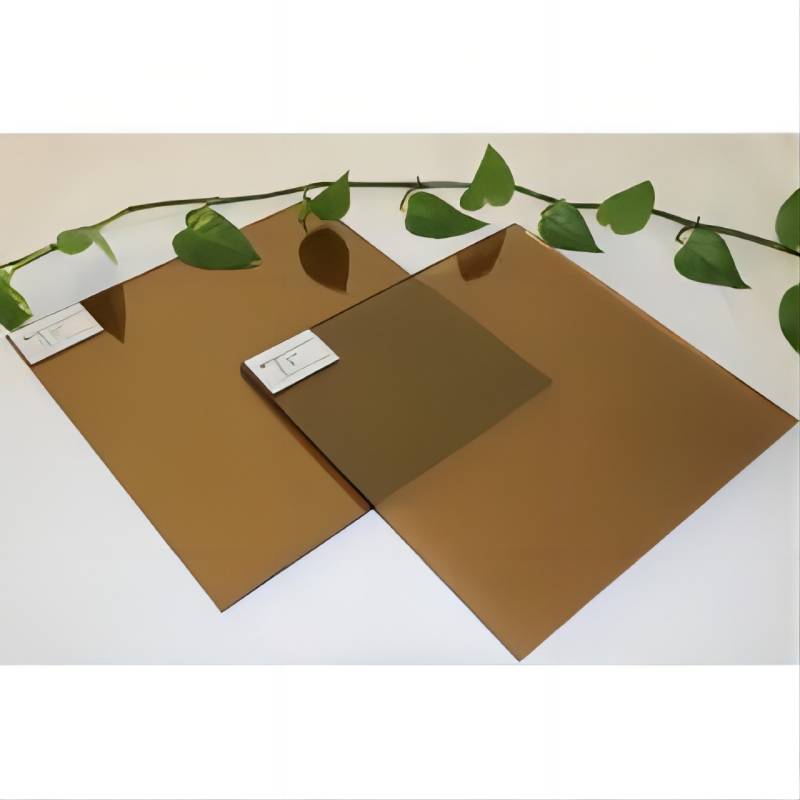The Flat Glass Process An Overview
Flat glass, widely used in windows, doors, and various architectural applications, is a product of complex manufacturing processes. The demand for flat glass has increased significantly due to advancements in technology and changes in consumer preferences. Understanding the flat glass process is essential to appreciating the material’s properties, production efficiency, and applications in modern architecture and design.
The Types of Flat Glass
Before diving into the manufacturing process, it's crucial to understand the different types of flat glass available. The two most common types are clear float glass and tempered glass. Clear float glass is characterized by its uniform thickness and clarity, while tempered glass is heat-treated to enhance its strength and safety features. Other types include laminated glass, which consists of two or more layers bonded together for added safety and noise reduction, and low-emissivity (Low-E) glass, designed to minimize heat transfer and enhance energy efficiency.
The Manufacturing Process
The flat glass production process primarily involves the float glass method, which was invented in the 1950s. This highly automated method allows for the production of glass sheets with uniform thickness and clarity.
1. Raw Materials The process begins with the selection of raw materials, primarily silica sand, soda ash, and limestone. These materials are carefully measured and mixed in specific proportions to form a batch.
2. Melting The batch is then transported to a furnace where it is heated to temperatures around 1,700 degrees Celsius (3,092 degrees Fahrenheit). This intense heat melts the raw materials, transforming them into molten glass.
3. Floating The key innovation of the float glass process is the floating stage. The molten glass is poured onto a surface of molten tin, creating a smooth and flat surface. Since glass is lighter than tin, it floats and spreads out evenly, forming a continuous sheet. The thickness of the glass can be controlled by adjusting the speed at which it is pulled and the quantity of molten glass poured.
4. Annealing After floating, the glass sheet is gradually cooled in a controlled process known as annealing. This step is crucial as it relieves internal stresses accumulated during the melting and floating phases. Annealing ensures the final product achieves optimal strength and clarity.
flat glass process
5. Cutting and Finishing Once cooled, the big sheets of glass are cut into desired sizes using automated cutting machines. Edges are often polished to remove sharp corners, and additional treatments may be applied, such as coating for improved thermal performance or decorative finishes.
Quality Control
Quality control is a critical aspect of the flat glass manufacturing process. Regular inspections ensure that the glass meets industry standards for clarity, thickness, and strength. Defects such as bubbles, scratches, or distortions are identified and addressed to maintain high-quality output.
Environmental Considerations
The flat glass industry has made significant strides in reducing its environmental footprint. Manufacturers are increasingly adopting sustainable practices, such as using recycled glass cullet in their production processes. This not only conserves energy but also minimizes waste, making the process more eco-friendly. Additionally, the development of energy-efficient glass products contributes to reducing overall energy consumption in buildings.
Applications of Flat Glass
The versatility of flat glass allows for a wide range of applications in both residential and commercial settings. Its use in windows enhances natural light, provides thermal insulation, and improves building aesthetics. In modern architecture, glass is often utilized in facades, skylights, and partition walls, creating open, airy spaces.
Furthermore, innovations in smart glass technology are paving the way for dynamic applications. This includes electrochromic glass that changes tint based on sunlight exposure, contributing to energy savings by reducing reliance on heating and cooling systems.
Conclusion
The flat glass process is a remarkable combination of traditional craftsmanship and cutting-edge technology. As the industry continues to evolve, the production techniques will likely become even more efficient and sustainable. Understanding the intricacies of the flat glass process not only highlights the material's importance in our built environment but also emphasizes the continuous innovation driving the industry forward. With ongoing advancements, flat glass will remain a vital component in architecture, design, and everyday life.
 Afrikaans
Afrikaans  Albanian
Albanian  Amharic
Amharic  Arabic
Arabic  Armenian
Armenian  Azerbaijani
Azerbaijani  Basque
Basque  Belarusian
Belarusian  Bengali
Bengali  Bosnian
Bosnian  Bulgarian
Bulgarian  Catalan
Catalan  Cebuano
Cebuano  Corsican
Corsican  Croatian
Croatian  Czech
Czech  Danish
Danish  Dutch
Dutch  English
English  Esperanto
Esperanto  Estonian
Estonian  Finnish
Finnish  French
French  Frisian
Frisian  Galician
Galician  Georgian
Georgian  German
German  Greek
Greek  Gujarati
Gujarati  Haitian Creole
Haitian Creole  hausa
hausa  hawaiian
hawaiian  Hebrew
Hebrew  Hindi
Hindi  Miao
Miao  Hungarian
Hungarian  Icelandic
Icelandic  igbo
igbo  Indonesian
Indonesian  irish
irish  Italian
Italian  Japanese
Japanese  Javanese
Javanese  Kannada
Kannada  kazakh
kazakh  Khmer
Khmer  Rwandese
Rwandese  Korean
Korean  Kurdish
Kurdish  Kyrgyz
Kyrgyz  Lao
Lao  Latin
Latin  Latvian
Latvian  Lithuanian
Lithuanian  Luxembourgish
Luxembourgish  Macedonian
Macedonian  Malgashi
Malgashi  Malay
Malay  Malayalam
Malayalam  Maltese
Maltese  Maori
Maori  Marathi
Marathi  Mongolian
Mongolian  Myanmar
Myanmar  Nepali
Nepali  Norwegian
Norwegian  Norwegian
Norwegian  Occitan
Occitan  Pashto
Pashto  Persian
Persian  Polish
Polish  Portuguese
Portuguese  Punjabi
Punjabi  Romanian
Romanian  Russian
Russian  Samoan
Samoan  Scottish Gaelic
Scottish Gaelic  Serbian
Serbian  Sesotho
Sesotho  Shona
Shona  Sindhi
Sindhi  Sinhala
Sinhala  Slovak
Slovak  Slovenian
Slovenian  Somali
Somali  Spanish
Spanish  Sundanese
Sundanese  Swahili
Swahili  Swedish
Swedish  Tagalog
Tagalog  Tajik
Tajik  Tamil
Tamil  Tatar
Tatar  Telugu
Telugu  Thai
Thai  Turkish
Turkish  Turkmen
Turkmen  Ukrainian
Ukrainian  Urdu
Urdu  Uighur
Uighur  Uzbek
Uzbek  Vietnamese
Vietnamese  Welsh
Welsh  Bantu
Bantu  Yiddish
Yiddish  Yoruba
Yoruba  Zulu
Zulu 

